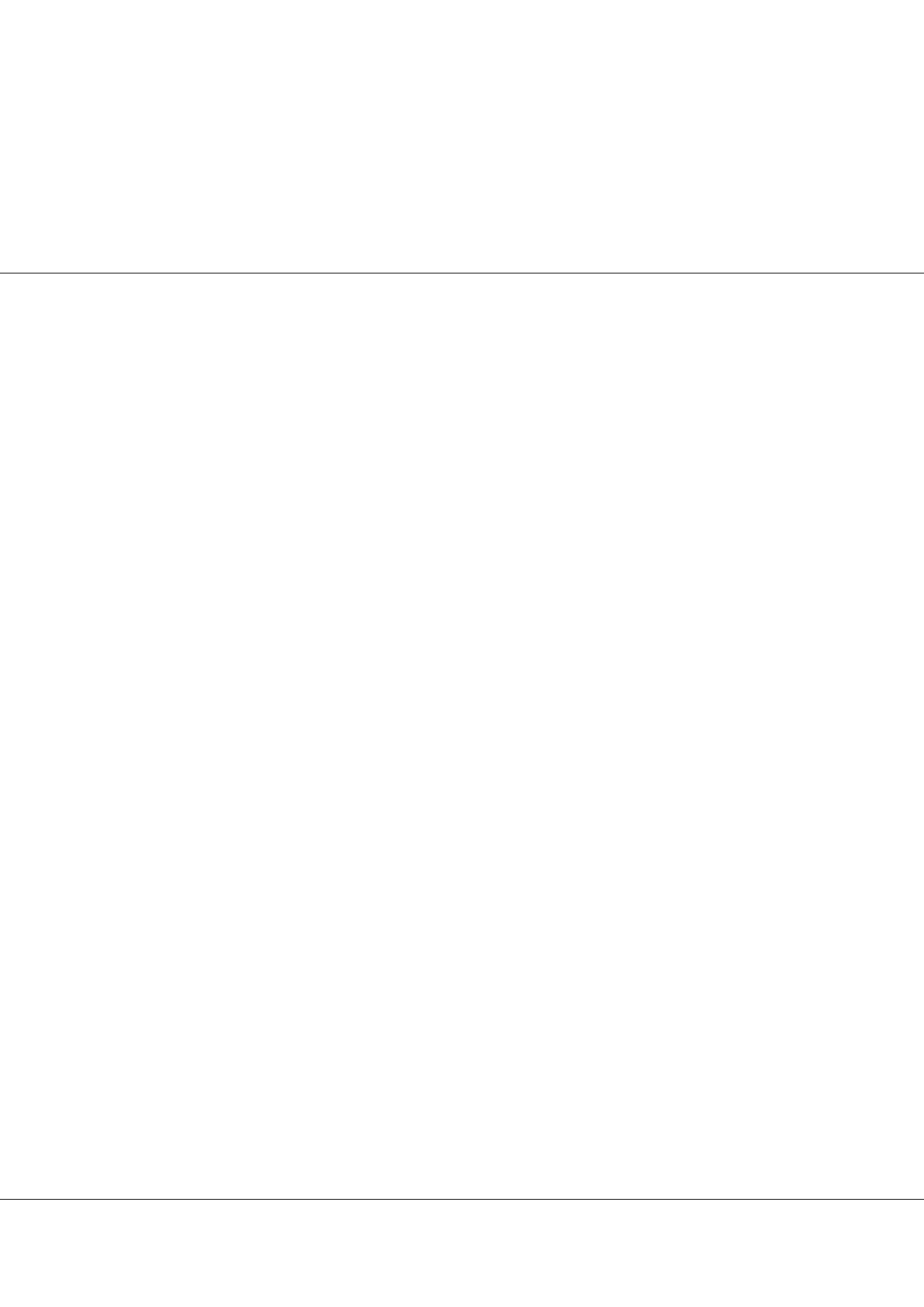

Volume 7, Issue 6(Suppl)
J Chromatogr Sep Tech
ISSN: 2157-7064 JCGST, an open access journal
Page 62
Notes:
Separation Techniques 2016
September 26-28, 2016
conferenceseries
.com
Separation Techniques
September 26-28, 2016 Valencia, Spain
2
nd
International Conference and Expo on
Separation of cerium from other rare earth elements by solvent extraction
Carlos Antonio de Morais
and
Thiago Silveira Formiga
Centro de Desenvolvimento da Tecnologia Nuclear, Brazil
T
his work presents an investigation of solvent extraction parameters to obtain high purity cerium from a mixture containing
other rare earths elements, in alternative to the oxidation and selective precipitation or dissolution. The study was carried
using a sample of a sulphuric liquor obtained frommonazite leaching rich in light rare earth elements (La, Ce, Pr, Ne) provided
by INB (Indústrias Nucleares do Brasil). Tests were realized in chloridric, nitric and sulfuric medium. For the experiments in
nitric and chloridric medium, the rare earth elements from the liquor were precipitated in rare earths oxalate form, precipitated
and then dissolved in the respective medium. The parameters investigated were: Type and concentration of oxidant agent, type
and concentration of extractant, liquor acidity and volumetric ratio between organic and aqueous phases. Preference of the
organic phase to extract cerium in its oxidase form (IV) above the other rare earths elements, allowing the obtainment of a
high purity cerium solution was confirmed. Best results were achieved in nitric medium, P507® as extractant and a mixture of
potassium persulfate and silver chloride as oxidant agents, yielding over 98% cerium extraction with over 99% of purity.
Biography
Carlos Antonio de Morais has a BS degree in Chemistry from UFMG (graduated in 1990) and PhD in Metallurgical Engineering and Mining, also from UFMG in
2002. He is a CNPq researcher level 2 and Researcher in CDTN-Nuclear Technology Development Center, an agency belonging to the CNEN (National Nuclear
Energy Commission) since 1990. He operates in the development, optimization and application of hydrometallurgical processes, using mainly leaching techniques,
solvent extraction and chemical precipitation.
cmorais@cdtn.brCarlos Antonio de Morais et al., J Chromatogr Sep Tech 2016, 7:6(Suppl)
http://dx.doi.org/10.4172/2157-7064.C1.019

















